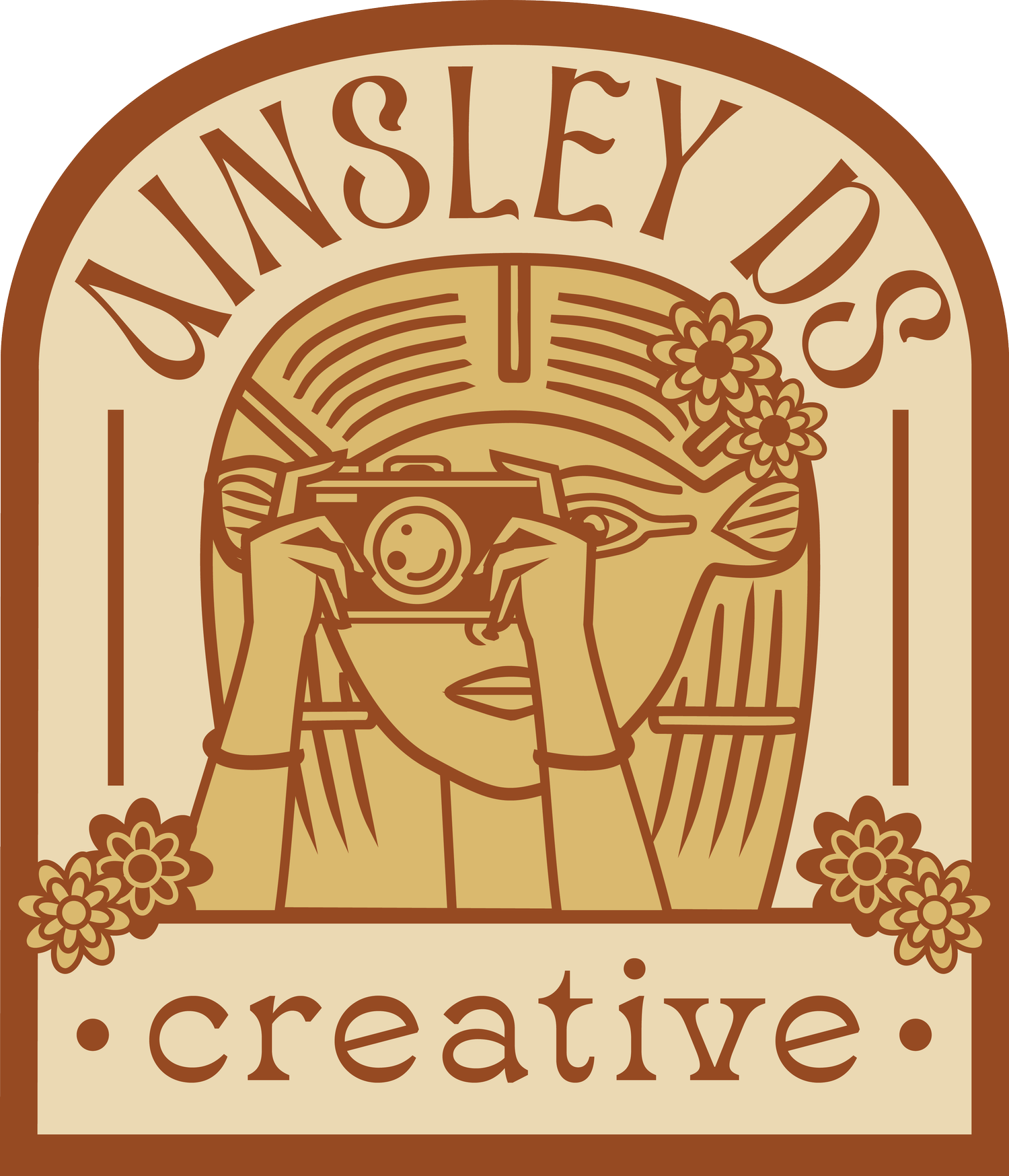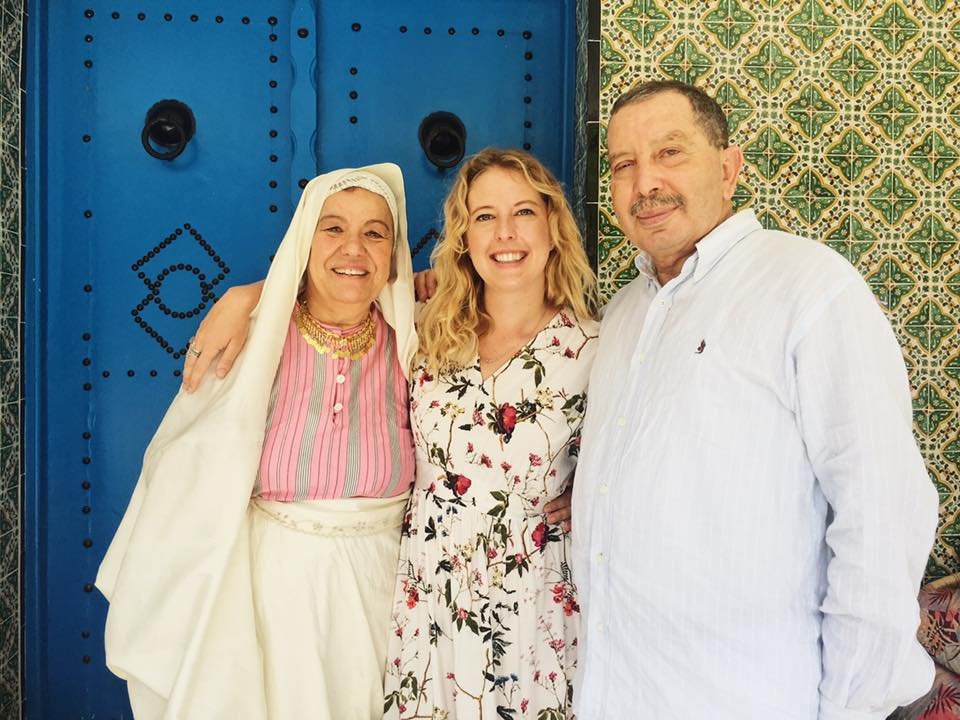10 Reasons to Visit Tunisia
Riding camels in the Sahara is definitely a bucket list experience.
For those who aren’t quite up to scratch on their geography, Tunisia is a small country in North Africa squeezed in between Algeria and Libya. It’s an incredibly vibrant country, with a diverse range of French, Italian, Arabic, and African cultural heritage, and a landscape that stretches along the coast of the Mediterranean down to the Sahara desert. I was lucky enough to spend a year living there as a student in 2007 and completely fell in love with the country and its people.
On Friday the 26th of June, 2016, a young Islamic extremist opened fire on a tourist beach in Sousse killing 38 foreigners who were holidaying there.
The attack devastated Tunisians and foreigners alike (myself included), and although this was an isolated event, many tourists decided to cancel their holidays in this beautiful country out of fear that something similar could take place again. Still, to this day Tunisia has a reputation for being somewhat ‘unsafe’ compared to other countries that have dealt with similar attacks. I’m here to tell you to ignore those ideas and head to Tunisia with your heart open. Here are my reasons why.
One of many beautiful streets to explore in Sidi bou Said
1. The People
Loud, friendly, and warm, treat Tunisians with respect and they will welcome you into their lives like a long-lost brother or sister. If you have a good sense of humor and a smile on your face, it won’t take long to make friends with a local, and for that local to invite you to their home for dinner. Tunisians are generally incredibly genuine and generous people and love to learn more about different cultures and countries. There’s a reason why tourism has done so well here in the past, and this is a huge part of it. Don’t be surprised if you end up being invited to a relative’s or friend’s wedding celebration and certainly don’t be shy to accept an invitation, hospitality is high on the list of things that Tunisians do well.
My Tunisian Mama and Papa
2. The Beaches
Crystal-clear blue water, white sand, and near-empty beaches are what await you on the coast of Tunisia. Many hotels in the tourist areas have their own private beaches with sun loungers, umbrellas and bar service. No matter how busy the hotel you will never see a beach packed full of people like you do in most other busy tourist countries. You can spend hours lying in the sun and swimming in the Med without the crowds. If you are lucky enough to escape the all-inclusive resorts, there are plenty of miles on the uninhabited coastline where you can enjoy your own private stretch of paradise.
Ile de Paradise, Djerba, Tunisia
3. The Food
Where do I begin…? Tunisia has a wide range of delicious traditional meals that are blended from a fusion of its French heritage, Italian proximity and North African herbs and spices. Couscous is by far the most popular and widely loved traditional dish. But if that’s not your thing there are plenty of other tasty treats to get your taste buds going. A crowd favorite is Brik- a thin filo pastry folded and stuffed with egg, tuna and parsley then deep fried to golden, crispy perfection. Slata mouchwaya is another one of my personal favourites; grilled tomato and fil-fil peppers, blended with special herbs and spices to create a chunky dip, best eaten with a soft fresh baguette. Fricasse is a delicious savoury doughnut stuffed with harissa, egg and tuna, not to be passed up when wandering the streets of La Marsa Plage. On top of this, you have a wide range of delicious tomato-based pasta, kebab-style sandwiches, fresh mint teas and Turkish coffee. Don’t expect to leave Tunisia wearing the same size pants.
Get out of the resorts and into a local restaurant for amazing Tunisian food.
4. The Cost
Tunisia was already cheap, but since the attacks (and Covid) prices for flights and hotels have come plummeting down. If you really want to splash out, there are plenty of upmarket resorts and five-star hotels (like this one) at the most popular tourist beaches. Otherwise, there are plenty of back-packer friendly cheaper hotels spread around. You can easily get a delicious yet basic meal from a small restaurant for as little as 4DT (1.85Euro) or a three-course meal for two people in a nicer restaurant will cost you around 30DT (13.90Euro). A beer costs around 3DT and a cup of coffee 1,5DT. Taxis are incredibly cheap, you can get anywhere in Tunis for well under 10DT, and travel throughout the country on buses priced for locals as well.
5. Sidi Bou Said
Tunisia’s answer to the blue and white terraces. This small village on the coast of Tunis bears a resemblance to the coast of Santorini, with every single house built into the cliff painted in blue and white. In the summer the smell of fresh jasmine permeates the air and you are given a fantastic view of the Mediterranean sea and port below once you reach the top of the cliffs. On the way up there are countless famous cafes where you can stop for a coffee or a fresh mint tea. Several souvenir stores line the streets selling everything from beautiful hand-painted ceramics to cheap souvenirs. Be sure to grab a bambaloni (thin fried doughnut covered in cinnamon sugar) at the top for all your hard work and pay a visit to the old woman giving henna tattoos opposite. This place really is magical.
A cafe on the blue and white terraces of Sidi Bou Said.
6. The History
Forget Rome and Greece, if it’s rich religious history and relics of ancient civilizations you are after, Tunisia is where it’s at. The city of Carthage (yes, THE Carthage) was founded by Phoenicians in 9th century BC and you can find relics of its past scattered throughout the Tunis today. For something even more impressive, head down south to El Djem, home to the largest amphitheater in North Africa, and most certainly one of the largest amphitheaters in the world. This magnificent UNESCO structure could hold up to 35,000 spectators, dates back to the 3rd century and was more recently used to film parts of Russell Crows’ famous Gladiator film. The centre of Tunisia is home to the world’s first Islamic city, Kairouan formed in 670 and is well worth visiting for its beautiful architecture alone. Djerba, a beautiful island on the East coast, is home to El Ghriba Synagogue, Africa’s oldest Jewish Synagogue dating back to the early 16th century. I could continue… history never ends.
Standing in El Djem, Tunisia
7. Medina’s, Souks & Shopping
Every city in Tunisia has its own hub of cobble-lined alleyways joined together in mix-match patterns filled with vendors selling everything from spices and sweets to leather handbags and shisha bongs. For an authentic shopping experience, it’s hard to pass up wandering the main Souk of Tunis. The area is huge and confusing, making it very easy to get lost, but that doesn’t really matter because every lane you turn down seems to offer something different. You can find beautifully handcrafted souvenirs, jewellery and clothes, for reasonably cheap prices, and everything is negotiable. Don’t be afraid to put your bargaining skills to the test, but be sure to be nice about it. Store owners will happily give discounts and freebies to people they think might come back for more.
8. The Sahara
Camel rides, palm oases, 4×4 rides, salt lakes, beautiful hotels and Star Wars… convinced yet? The south of Tunisia is home to a large stretch of the Sahara and some of the world’s most breathtaking scenery. I am not exaggerating when I say that the two days I spent exploring the south were some of the most breathtaking days I have ever experienced while travelling. The view that you get watching the sunrise come up over an infinite vista of salt lakes is incomparable to anything I have ever seen. If you’re a big Star Wars fan be sure to put this on your bucket list, as many of the films’ iconic scenes were filmed here. There are many tours operating two or more-day excursions to Sahara Douz in the south. Most do well to pack a lot of things into the limited time and are totally worth the money for the hassle it saves going it alone. A two-day tour including all meals, attractions and a night at a beautiful 4-star hotel will cost 140euro with Tunisia First. Worth every penny.
On the border of Algeria and Tunisia overlooking the Sahara
9. The Hammams
Where else in the world can you spend the day in a spa and get a full-body scrub and massage for the price of a can of coke? If you’re a thrifty traveller you’ll ditch the overpriced hotel spas and head to one of the many local hammams in the area. Most hammams are unisex, however offering differing times for men’s and women’s entries. The common practice is to wear nothing but underwear, bring your own small bucket and scrubbing cloth and relax in the caves offering varying levels of heat and humidity intensity. Don’t be afraid by the large aggressive-looking women or men offering to scrub you down for 1 dinar. You will leave there feeling the smoothest and softest you have ever felt since you were still in nappies.
All sorts of wonderful things await behind secret doors in the souk.
10. The Parties.
If there’s one thing Tunisians know for sure, it’s how to have a good time. Don’t be fooled by its 97% Muslim population, the drinking culture in Tunisia is alive and well in many bars and fancy nightclubs, serving up vodka by the bottle and house music on the daily. Big cities and tourist towns have some great places to hang out and get your party on. And if nightclubs aren’t your thing, remember to befriend the locals and say yes to that wedding invitation. Tunisian weddings go on for days and are packed with love, laughter, traditional music, dancing and loads of food. Truly a fun and unique experience to be had.
A beach club on the island of Djerba.
I may be a little biased but I still think Tunisia is one of the most magical and beautiful countries in the world and I personally can’t wait to get back there. If you’re looking for a cheap, delicious, summer getaway this year, make sure Tunisia is on your list.
Eat well, live well, travel well
xx Ainsley












